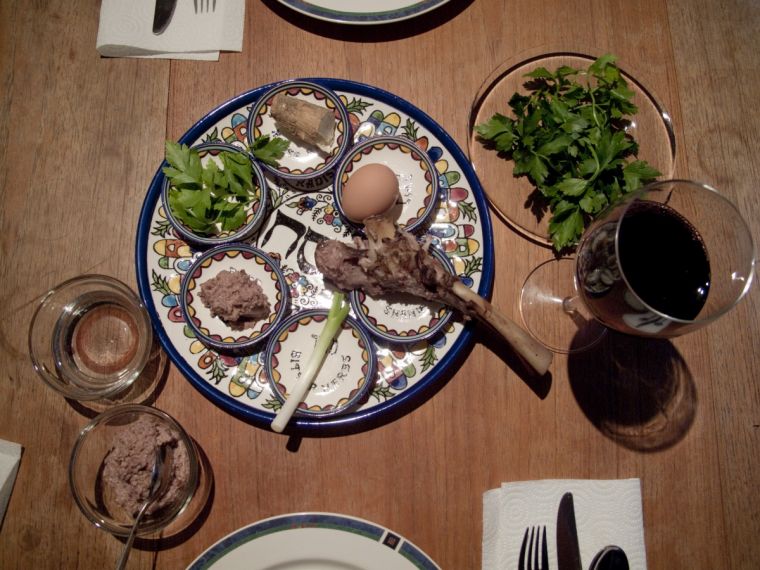What is the festival of Passover?

Sunset today marks the beginning of the festival of Passover. It's a defining festival for the Jewish people, and it's of deep significance in the Christian faith too. What is it?
Passover (in Hebrew Pesach) celebrates the journey of the Israelites from oppressive slavery under Pharaoh to freedom and the beginning of their journey to the Promised Land.
The story, narrated in the book of Exodus, tells us how God was grieved at the slavery of his chosen people, the children of Israel. Through Moses, he begins their journey to liberation. God visits nine plagues on Egypt, as a demonstration of his power and judgement to Pharaoh. These horrific plagues included rivers of blood, swarms of flies, locusts and frogs, the death of livestock and finally an oppressive darkness lasting three days.
Lastly, God sends the tenth plague: an angel who visits death on the first-born of every house in Egypt. The Israelites were to absolve themselves from this visitation through the death of a sacrificial lamb (Exodus 12).
Every household would take an unblemished one-year old male lamb and look after it for four days, before slaughtering it at twilight. Then they were to take the blood of the lamb and put it on the door frames of their homes. This sign meant the angel of the Lord would 'pass over' that household, and not strike down their first-born.
In the midst of this grave night, the Israelites make their escape from Egypt. It is a pivotal, dramatic moment that marks their journey from slavery to freedom.
Since that day (Approximately 1300 BC) for thousands of years, the Jewish people have re-enacted that moment through the festival of Passover.
When the Jews fled in the middle of the night, they had no time to add yeast to their dough. For this reason the festival is famous for its use of matzo (flat, unleavened bread, made without yeast). Before Passover begins, the whole house must be cleared of any chametz (leaven). This cleansing can also illustrate a spiritual purging from the impurity of sin.
The most iconic moment of the Passover is the Seder meal, a precisely ordered ritual which takes place on the first two nights of Passover.
In this meal, bitter herbs are eaten alongside the Matzo, just as the Israelites had in their final meal before they fled Egypt. These herbs, usually horseradish today, also represent the bitterness of slavery.

A potato is dipped in salt water, as a depiction of the tears the Jews shed in slavery. As the story of the Exodus is narrated, a cup of wine is also spilt to symbolise the suffering of the Egyptians that accompanied the Jewish liberation.
In Israel the festival lasts seven days. Everywhere else, it is an eight-day period, where the first and last two days are observed as days of rest. It always begins on the 15th day of the month of Nisan in the Hebrew Calendar.
The Bible frequently recalls the Exodus event, reminding the Jewish people to reflect on God's grace and their freedom through enacting the Passover meal.
Jesus himself celebrates the Passover meal with his disciples, while instituting a mysterious new tradition, inviting his followers to drink wine and break bread in remembrance of a new kind of 'Exodus' that was about to take place.
For Christians, Jesus is the sacrificial lamb who suffers to save the people from judgment. Through his sacrifice God's judgment would once again 'pass over'. Through the redemption Jesus achieves, humankind is taken from a spiritual slavery to a spiritual freedom, and the dark forces of Satan – like Pharaoh – are defeated.
Freedom is a profound gift, and is never to be taken for granted. Through Passover, it's something the Jewish people have understood for millennia.











